Guru Swaroop Bennabhaktula
PushPull-Net: Inhibition-driven ResNet robust to image corruptions
Aug 07, 2024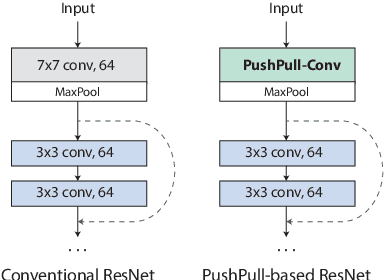
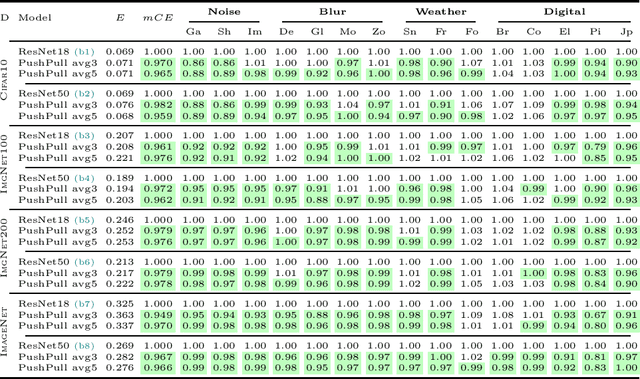

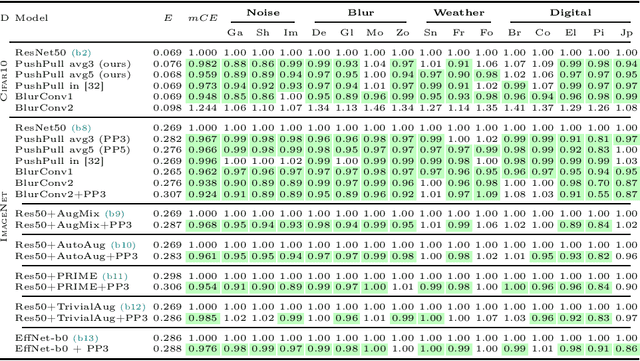
Abstract:We introduce a novel computational unit, termed PushPull-Conv, in the first layer of a ResNet architecture, inspired by the anti-phase inhibition phenomenon observed in the primary visual cortex. This unit redefines the traditional convolutional layer by implementing a pair of complementary filters: a trainable push kernel and its counterpart, the pull kernel. The push kernel (analogous to traditional convolution) learns to respond to specific stimuli, while the pull kernel reacts to the same stimuli but of opposite contrast. This configuration enhances stimulus selectivity and effectively inhibits response in regions lacking preferred stimuli. This effect is attributed to the push and pull kernels, which produce responses of comparable magnitude in such regions, thereby neutralizing each other. The incorporation of the PushPull-Conv into ResNets significantly increases their robustness to image corruption. Our experiments with benchmark corruption datasets show that the PushPull-Conv can be combined with other data augmentation techniques to further improve model robustness. We set a new robustness benchmark on ResNet50 achieving an $mCE$ of 49.95$\%$ on ImageNet-C when combining PRIME augmentation with PushPull inhibition.
Device-based Image Matching with Similarity Learning by Convolutional Neural Networks that Exploit the Underlying Camera Sensor Pattern Noise
Apr 23, 2020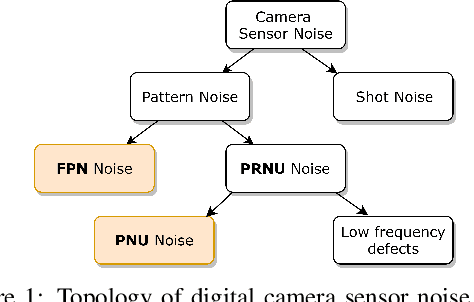
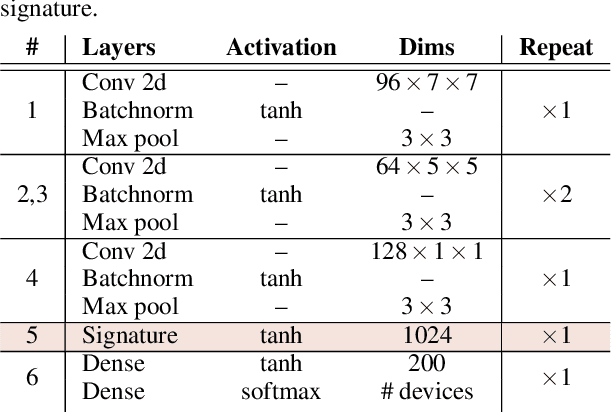
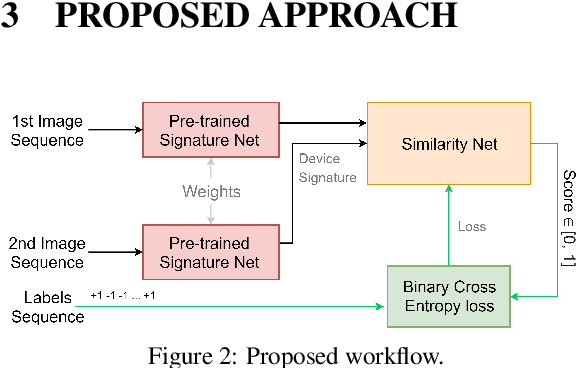
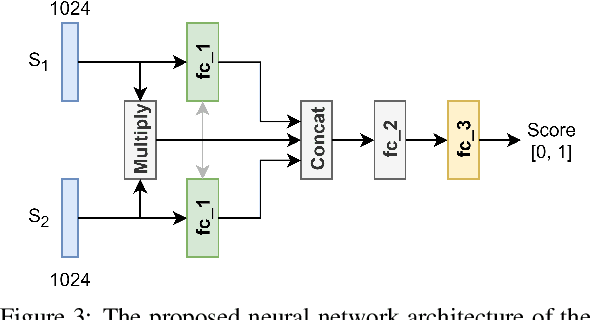
Abstract:One of the challenging problems in digital image forensics is the capability to identify images that are captured by the same camera device. This knowledge can help forensic experts in gathering intelligence about suspects by analyzing digital images. In this paper, we propose a two-part network to quantify the likelihood that a given pair of images have the same source camera, and we evaluated it on the benchmark Dresden data set containing 1851 images from 31 different cameras. To the best of our knowledge, we are the first ones addressing the challenge of device-based image matching. Though the proposed approach is not yet forensics ready, our experiments show that this direction is worth pursuing, achieving at this moment 85 percent accuracy. This ongoing work is part of the EU-funded project 4NSEEK concerned with forensics against child sexual abuse.
* 7 pages, 4 figures, conference paper
 Add to Chrome
Add to Chrome Add to Firefox
Add to Firefox Add to Edge
Add to Edge